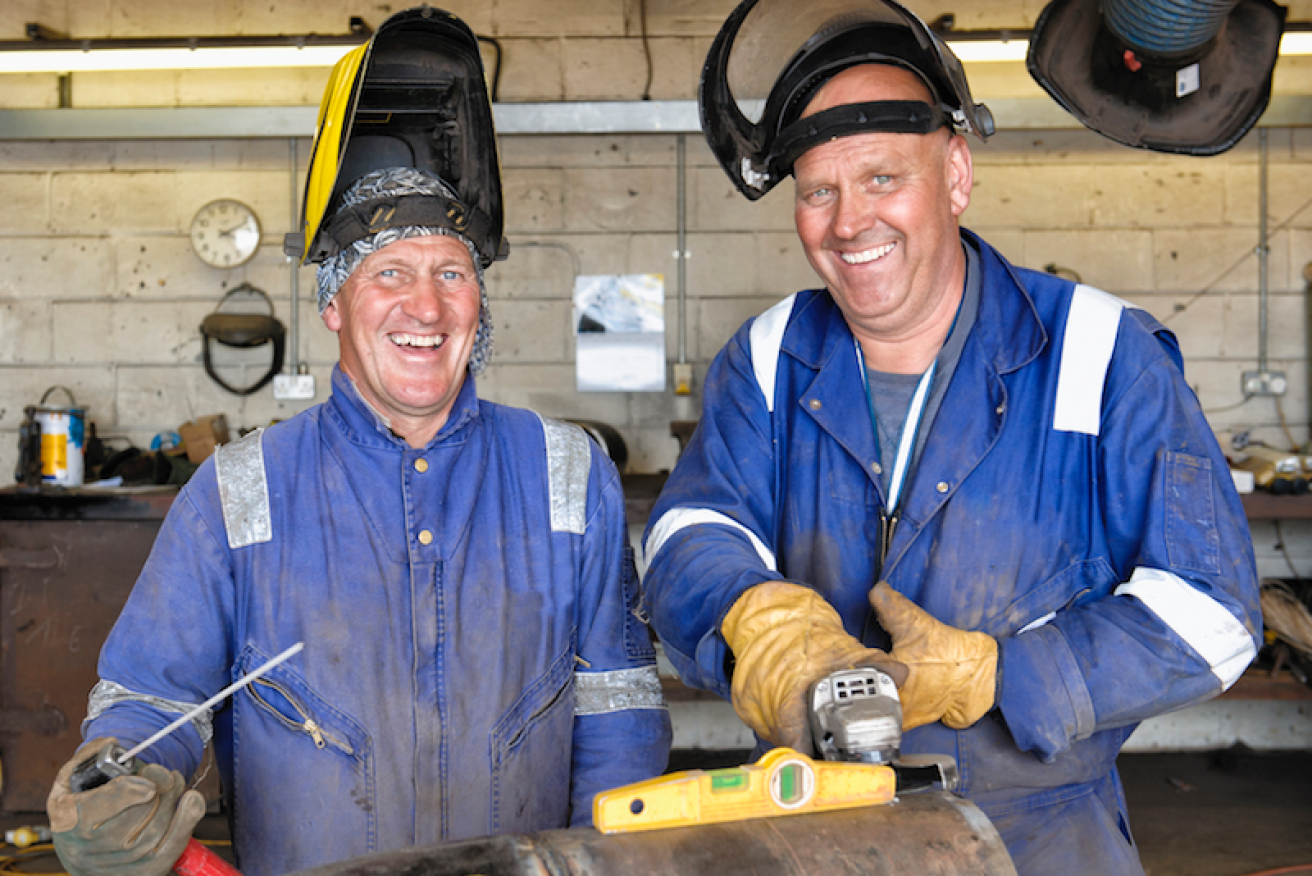Finally some good news to replace the budget lies


Getty
In the midst of an economic dry spell, every drop of rain should be celebrated – and no, we’re not talking agribusiness, but the latest manufacturing data.
The dry spell in question is the long and difficult reorientation away from the mining investment boom and towards other sectors.
While some economists saw this difficult period a mile off, Australian governments from the Howard era on were too busy milking the boom to worry much about what would come next.
• Mortgage lending tremors set scene for price falls
• Why Q&A ‘hero’ Duncan Storrar’s story matters
• Tax furphies you’ll hear before the election
Substantial hollowing out of non-mining sectors occurred during the years in which resources exports pushed the Aussie dollar from about 75 US cents before the GFC, to a sustained period above 100 US cents.

Former PM John Howard: did well from the early mining boom years. Photo: AAP
Hence the pessimism of so much economic coverage in recent times – to rebuild businesses killed off by the mining boom ‘Dutch disease‘ is no mean feat, and far from a sure thing.
That’s why this week’s capex survey from the Australian Bureau of Statistics should be celebrated. It appears to show an inflection point in manufacturing, though not too much joy in other sectors.
A tale of two sectors
Before getting into the data, it should be noted that ‘mining’ and ‘manufacturing’ are pretty broad terms, and it would be a gross oversimplification to say that as mining winds down, manufacturing needs to take up the slack.
The ongoing transition from the era in which Australia ‘made things’ to one in which it relies on a range of services exports, advanced manufacturing and so on, is a complex picture indeed.
That said, Thursday’s ABS data is clearly showing some relief – seen at the right-hand end of the blue line in the chart below.
In aggregate, manufacturing firms are expecting to invest 14 per cent more in ‘equipment, plant and machinery’ in the year ahead than they expected to invest a year back.
That forecast, made by the businesses themselves, is at its highest level since March 2012, and is backed up with the expectation of investing in buildings and structures, which is back at a two-year high.
That’s genuine good news, and something Treasurer Scott Morrison should grab with both hands.
That’s because the ‘good news’ he gave us in the federal budget was based on pie-in-the-sky iron ore prices, unsustainable debt-funded consumption, non-existent productivity gains and a bunch of other malarkey.
So a burst of optimism in manufacturing businesses seeking to take advantage of the lower Australian dollar is a much more robust kind of good news – if, that is, it turns out to be more than statistical noise.
Sectors ain’t sectors
The other important point to note when reading capex figures is that the volumes of capital involved can be deceptive.
Looking at the chart below, the huge increase in mining capex in the post-GFC years, and the subsequent huge decline, would suggest we need massive capital injections into other sectors to prevent dole queues growing out of control.
But the resources sector has always been capital-intensive, and directly employed relatively few Australians – about 2.2 per cent of the workforce at its peak three years ago. One tyre on a giant earth-moving truck, for instance, is worth roughly as much as the driver’s annual income.
By contrast, some manufacturing sectors can employ a lot more workers for each million dollars invested.
If Australia is to get through the post-mining-boom transition, we need more numbers like this.
It’s not raining hard, but this is the first drop of real relief for some time.







